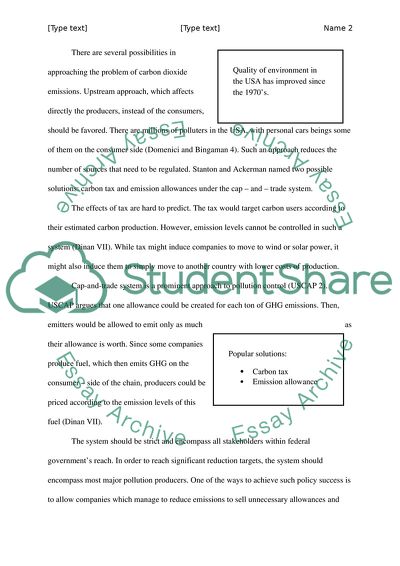Cite this document
(“Key Issues at the Environment and Public Works Committee Assignment”, n.d.)
Key Issues at the Environment and Public Works Committee Assignment. Retrieved from https://studentshare.org/environmental-studies/1768752-writing-analytical-memo
Key Issues at the Environment and Public Works Committee Assignment. Retrieved from https://studentshare.org/environmental-studies/1768752-writing-analytical-memo
(Key Issues at the Environment and Public Works Committee Assignment)
Key Issues at the Environment and Public Works Committee Assignment. https://studentshare.org/environmental-studies/1768752-writing-analytical-memo.
Key Issues at the Environment and Public Works Committee Assignment. https://studentshare.org/environmental-studies/1768752-writing-analytical-memo.
“Key Issues at the Environment and Public Works Committee Assignment”, n.d. https://studentshare.org/environmental-studies/1768752-writing-analytical-memo.


